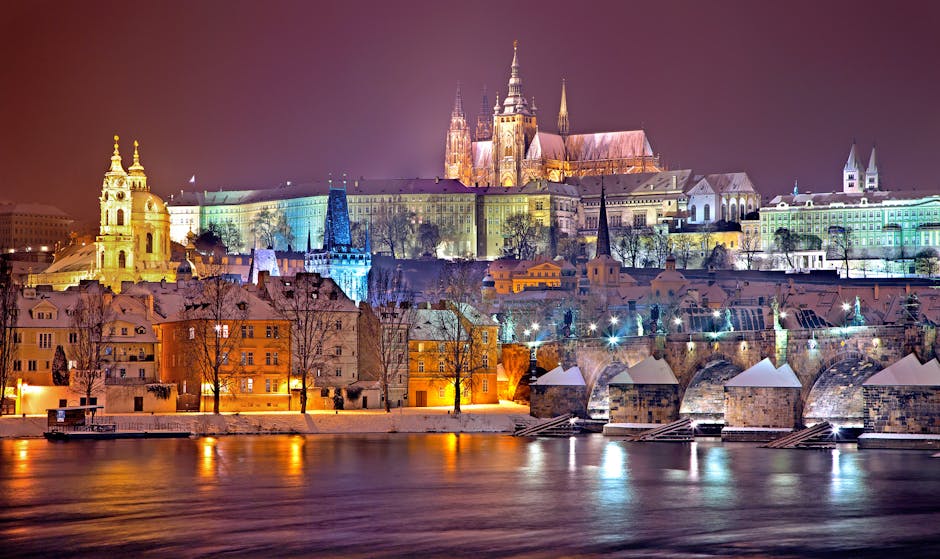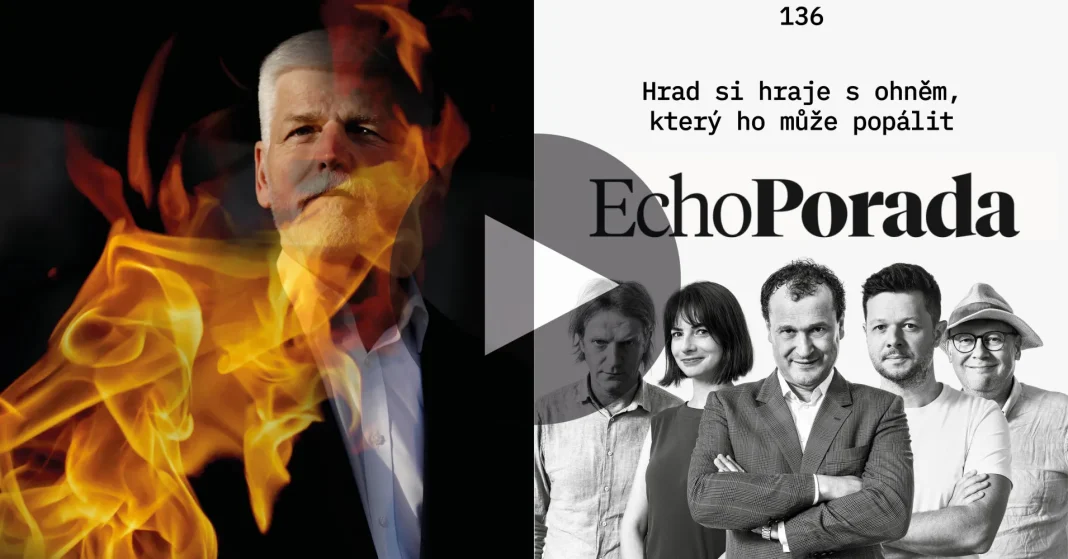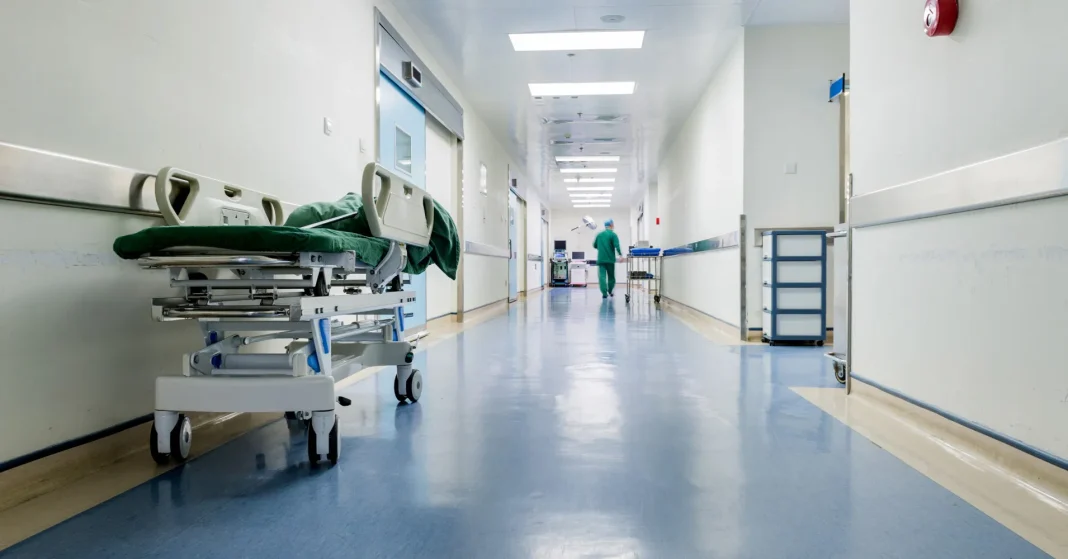Prague Castle, an iconic symbol of Czech history and culture, is currently facing scrutiny for its recent developments. Observers are questioning whether the management’s decisions are pushing the boundaries of preservation and modernization in ways that might undermine its integrity.
Questionable Renovations

The recent renovations at Prague Castle have stirred controversy among historians and conservationists. Critics argue that the modern interventions being applied to some of the castle’s historic sections might compromise the architectural authenticity of the site. The use of contemporary materials in place of traditional ones is seen as particularly contentious, with purists calling for stricter adherence to historical restoration practices.
Advocates of the renovations, however, see the changes as necessary to accommodate modern needs. They argue that ensuring structural safety and accessibility for tourists sometimes requires innovative solutions. This balance between tradition and modernity remains a point of ongoing debate, reflecting broader trends in how historic sites are managed globally.
Impact on Tourism

Tourism is another critical angle in the discussion of Prague Castle’s risky moves. As one of the most visited attractions in the Czech Republic, any changes to the castle’s structure or presentation have immediate repercussions on tourist numbers and satisfaction. Renovations, while sometimes disruptive, are often deemed necessary to enhance visitor experiences.
However, some fear that significant alterations might detract from the authenticity tourists seek. Maintaining the castle’s original grandeur, while incorporating necessary modern features, presents a challenging dual objective for those in charge. The response from international tourists will likely influence future strategic decisions.
Cultural Significance Under Threat?

Beyond physical changes, there’s concern that the castle’s broader cultural significance might also be at risk. The management’s efforts to introduce new functions within the castle precincts as part of a broader modernization push have been criticized by some as commercializing a sacred cultural site.
These efforts have included hosting more private events within the castle grounds, which some argue shifts focus from heritage to commerce. The debate highlights a crucial tension many heritage sites face: preserving cultural identity while remaining financially sustainable.
Looking Ahead: Navigating Preservation and Progress

The future of Prague Castle will likely be shaped by ongoing dialogues between preservationists, the management, and the public. Stakeholders agree that any changes should respect the castle’s historical significance while also ensuring its continued relevance and safety.
Striking this delicate balance will require careful planning and open dialogue among all parties. It’s a path that many historic sites around the world must navigate as they face 21st-century challenges. Decisions made regarding Prague Castle could set precedents for how similar sites manage their evolution.
Prague Castle’s management stands at a crossroads, with the opportunity to lead with both courage and caution. Reflecting on both the value of history and the necessities of modern demands will be crucial for charting a forward-thinking yet respectful course.





